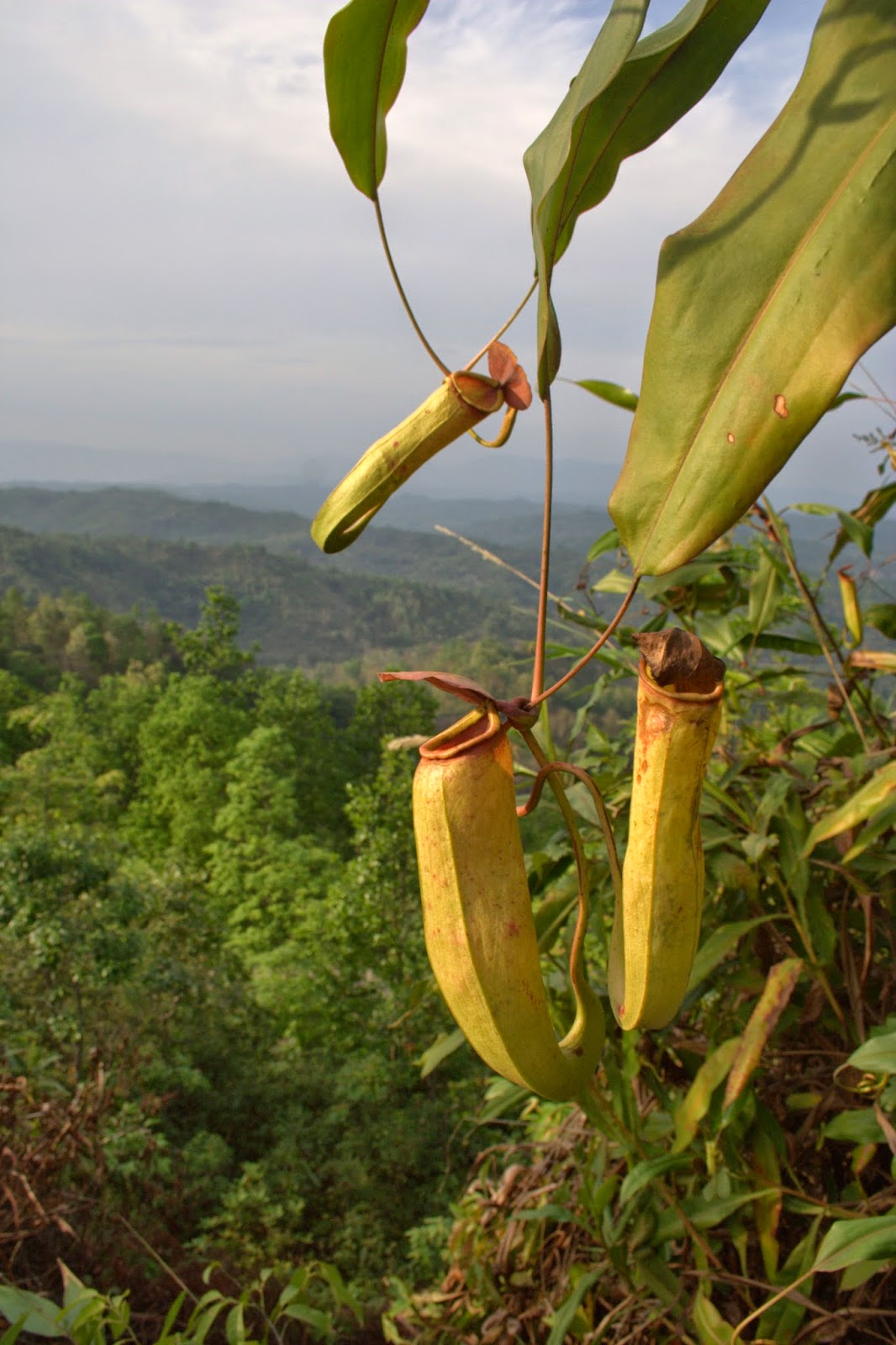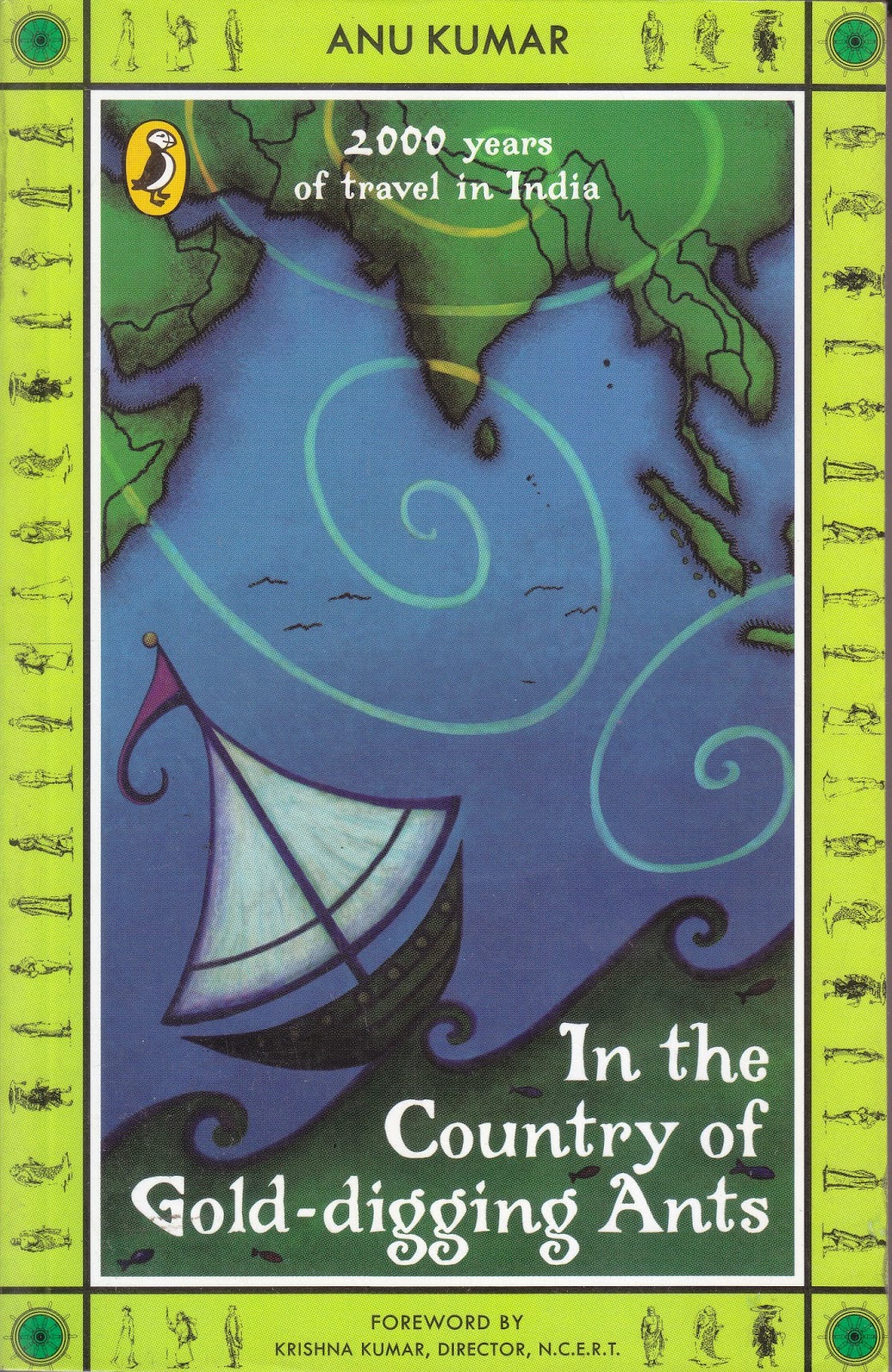Garo Hills : Gone With the Coal?

This article finds space in July - September 2014 issue of Hornbill I visited the Siju Eco Camp, located on the banks of the Simsang river across the Siju Wildlife Sanctuary, Meghalaya, during first week of February 2013, with colleagues. A part of Samrakshan’s eco-tourism initiative, our objectives were to organize an in-house workshop for team members and allot time to look for birds. Samrakshan has taken up interesting and unique initiatives to conserve the habitat. These range from participatory elephant monitoring program to one on Community Conserved Areas. Samrakshan, a NGO registered as a Charitable Trust, works towards conserving biodiversity values in an equitable and just manner. Its Baghmara field-base was initiated during 2004. Pitcher Plant (Memang Koksi), South Garo Hills : Pankaj Sekhsaria Simsang from the hanging bridge at Siju : Pankaj Sekhsaria First the birds... A Blue Whistling-Thrush Myophonus caeruleus had made the Siju Eco Camp its home


